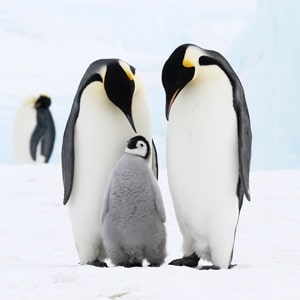Recently Portly Lympne Reserve installed a Sony 4K Ultra High Definition television in its langur and lemur enclosure. The park is experimenting with a trial known as the ‘Back to the Wild’ programme which allows the primates to see footage of their natural habitat in life like 4K quality. It is hoped the images of their habitats in Java and Madagascar will help familiarise them with their new homes.
Getting the monkey accustomed to their natural habitat
Simon Jeffery, Animal Manager at Port Lympne Reserve says the park is always seeking new ways to engage its animals and uses a variety of techniques to do this. On this occasion however they wanted to see whether the langurs and lemurs would be interested in seeing their natural habitats in the wild. The Reserve has a large enclosure which is designed to look like the animals natural habitat however the park wanted to see what the response would be if the animals saw their new homes in 4K picture quality.
Mr. Jeffery went on to say that the Reserve has reintroduced a number of groups of langurs, gibbons and grizzled leaf monkeys from the Port Lympne Reserve to protected forests in Java successfully. The present group of langurs are expected to be sent back to Java in 2016.
“Although we have been working closely with local communities in Madagascar for some time, we haven’t yet introduced captive born lemurs from the parks to this unique island. Our surveys and ground work have been very successful and we’re really excited to start exploring the possibility of sending captive born lemurs back to the wild, where they belong.” Mr. Jeffrey said.
Protecting rare and endangered species
Port Lympne Reserve’s mission as part of The Aspinall Foundation is to protect rare and endangered species and return the animals to protected wildlife areas wherever possible. Other aspects of the reintroduction programme include making sure there is appropriate infrastructure in place so that field teams have the necessary equipment to monitor the animals following their release.





